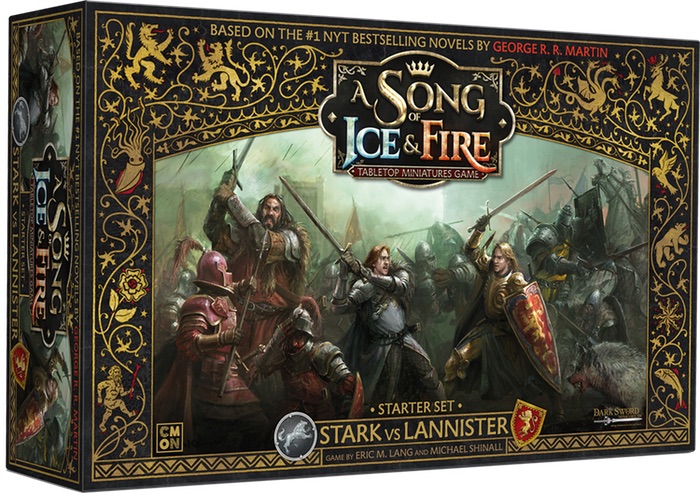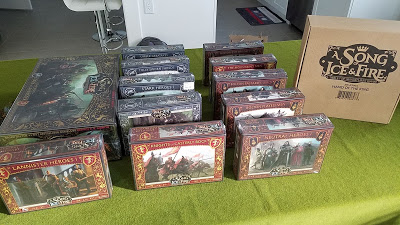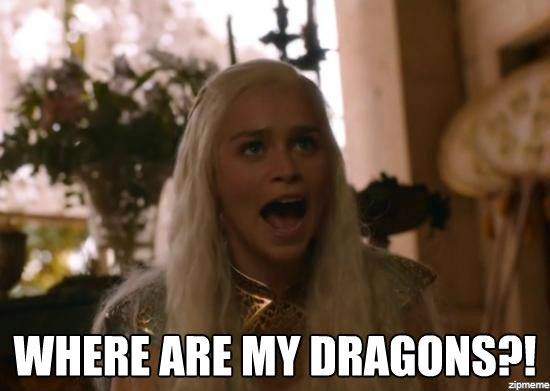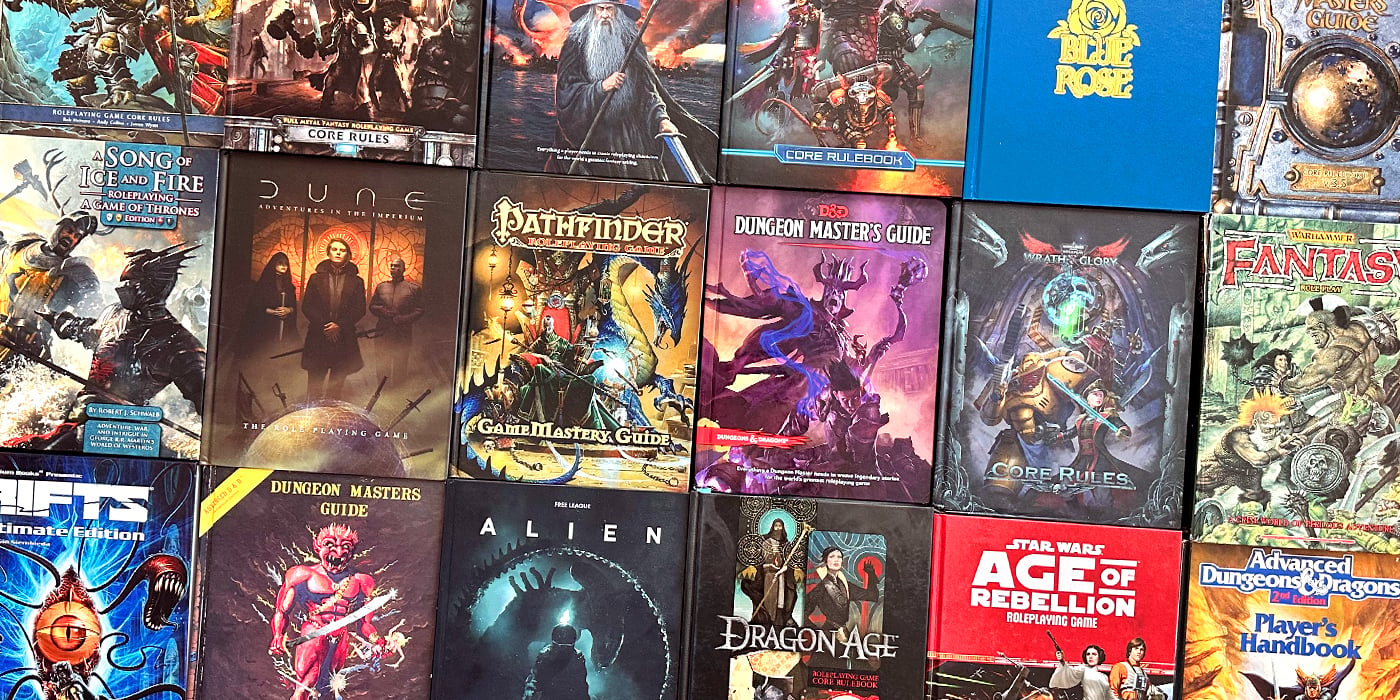CMON’s A Song of Ice and Fire: An Intro


A Song of Ice and Fire Miniatures game is one of the best table-top games that I’ve played in a long time. Let’s dive in.
No, seriously, and I don’t say this often and without good reason. At first, this game completely flew under my radar because I was wrapped up in other games. Recently, I have been gearing up by re-watching all the seasons of Game of Thrones to prep myself for the final season. One night, I remembered something: Game of Thrones actually has a miniatures game! After a quick jog down memory lane, I remembered that CMON created A Song of Ice and Fire Miniatures Game.
After a few weeks of hard research, reading over the free rules and looking at all the minis available to me, I started getting really interested. Now, I would say that I’m fairly frugal and really like to do my research before getting into a game and I took my damn sweet time with this one. As a competitive tournament player, I wanted a game that had enough depth to keep me engaged but at the same time, had super clean rules with longevity in both creative design space and strong game balance. The last thing I wanted to do is throw money at a game that won’t play well. I was never the player who got in the game for the hobby side of things, it’s all about the game and the rules. Besides, the game was designed by a familiar name being Eric M. Lang and while I didn’t really know Michael Shinall, any designer who has his own tactics podcast gets a thumbs-up from me. I am a big fan of designers who play their own game competitively and actively teach the community to be better players.
Honestly, when I first took a look at the game, I was afraid that the game will not have enough options. I mean, the game came out with Starks vs. Lannisers in the middle of the War of Five Kings but when getting the core set, you pretty much only have these as your first two full-fledged armies. Now, that’s not saying that there’s not more available now, but having played games like Warhammer Fantasy and 40K growing up, I’m sure as hell spoiled for choices. So many factions and armies to choose from I felt like I had near unlimited options when it comes to choosing units out of a codex or army book. Now, this is completely different when it comes to competitive list building, but the general gist is that players that grew up with GW as an option are definitely spoiled for choices.
Even with Privateer Press games, you knew you had a lot of factions to play if you liked variety because it suited a lot of different playstyles. This was my biggest worry jumping in the game but the more I studied, the more I realized that what they currently have in the game is more than enough to get started. In fact, seeing how there are only 2 factions in the game right now, an epic crap ton of design space and a billion other things not released yet, the game can only grow larger with more factions and greater complexity. That makes a competitive player like me very excited. They just came out with Night’s Watch and Free Folk, and they will definitely shake up the meta and take gameplay to the next level.
To get you guys pumped, let me throw out some highlights that really got me into the game. I’ve been playing it pretty religiously, having played around 20 or so games since I got the game like 2 weeks ago. Yes, I’ve been going that hard. In fact, I would say one of the biggest draws in the games is that games take about 1 hour or 1.5 depending on the points size and experience of the players. Each of these talking points below will probably get their own article in due time, but these are the highlights that stand out for me.
- I love the fact that the rules are some of the cleanest rules I have ever seen. It’s almost like the game was designed with tournament play in mind in that there are very little questions I had out of the initial rules package. The game seems like a perfect blend of complexity and speed with tight-wording and streamlined mechanics seen from other minis games. The rules package itself is very lightweight and comes with all the nitty-gritty you need to get in and start playing.
- Speaking of speed, I just love that the game puts movement trays back on the table and the units are ready to play. I can get a package from Amazon to actively playing with that unit on the table in 5 minutes. The minis are hard plastic, has great detail on them, and come with a movement tray for all the units to fit snugly into.
- The game uses alternate player activations with plenty of play and counterplay (via rules, tactics card, tactics board..etc) that allows for active engagement with the other player in all phases of the game. I absolutely love games that go back and forth because it not only keeps players focused, but it generally leads to more even games where choices feel more meaningful because you have a chance to respond next activation. It’s not like you’re just sitting there watching all your units get shot off the table.
- The rules are light, but the game is very deep: Activation order matters, the amount of drops you have matter (deployment and activation), the commander you choose matters, the control of the tactics board matters, your tactics cards and the order you play them matters, your list composition matters, the game mode and mission objectives matters, everything matters. Part of what makes a good game great is how much the player influences the outcome of the game. Looking back at all the games played so far, I can zero in on particular situations where if I did something different, I would have won. This is important for me as a competitive player because less ambiguity means a more direct route to improving.
- The tactics board by itself is a complete mini-game inside the existing game. This really deserves its own section, but let’s just say that NCUs count as activations and how you interact with the tactics board influences the units on the board, the tactics cards in your hand, and how you play the game as a whole. It’s absolutely awesome how it’s so tightly integrated into the game mechanics while still making a ton of sense from a flavor and fluff perspective. When Cersei Lannister is playing her games at court, your units really feel that on the battlefield.
- There is so growth potential in the game that I can’t fully wrap my head around it right now. Right now, we have Lannisters, Starks, Neutral (with House Bolton units!), Free Folk, and Night’s Watch. There’s a good amount of unit variety already but that’s without most of the other major Houses in there as well. Where is Baratheon, Tyrell or Greyjoys? What about Daenerys and her dragons? Can we even fit Dragons in a 40 point game? Is there going to be an epic game format or the possibility to ally different houses with another outside of faction + neutral units? The possibilities are near endless.
- You can take 2 lists into a tournament event as long as they’re from the same faction. This has got me super excited because you essentially have a backup list to play to a specific matchup or game mode to maximize your chances on winning.
Before getting into the game too much, let me just say that I’m planning a series of articles that go much more in-depth with list building, faction overviews, and competitive play. There is a lot to talk about for this game and I want to take the time to write my out my journey with you. I’ll probably cover the Stark and Lannister overview next before going more into list construction. Stay tuned!





